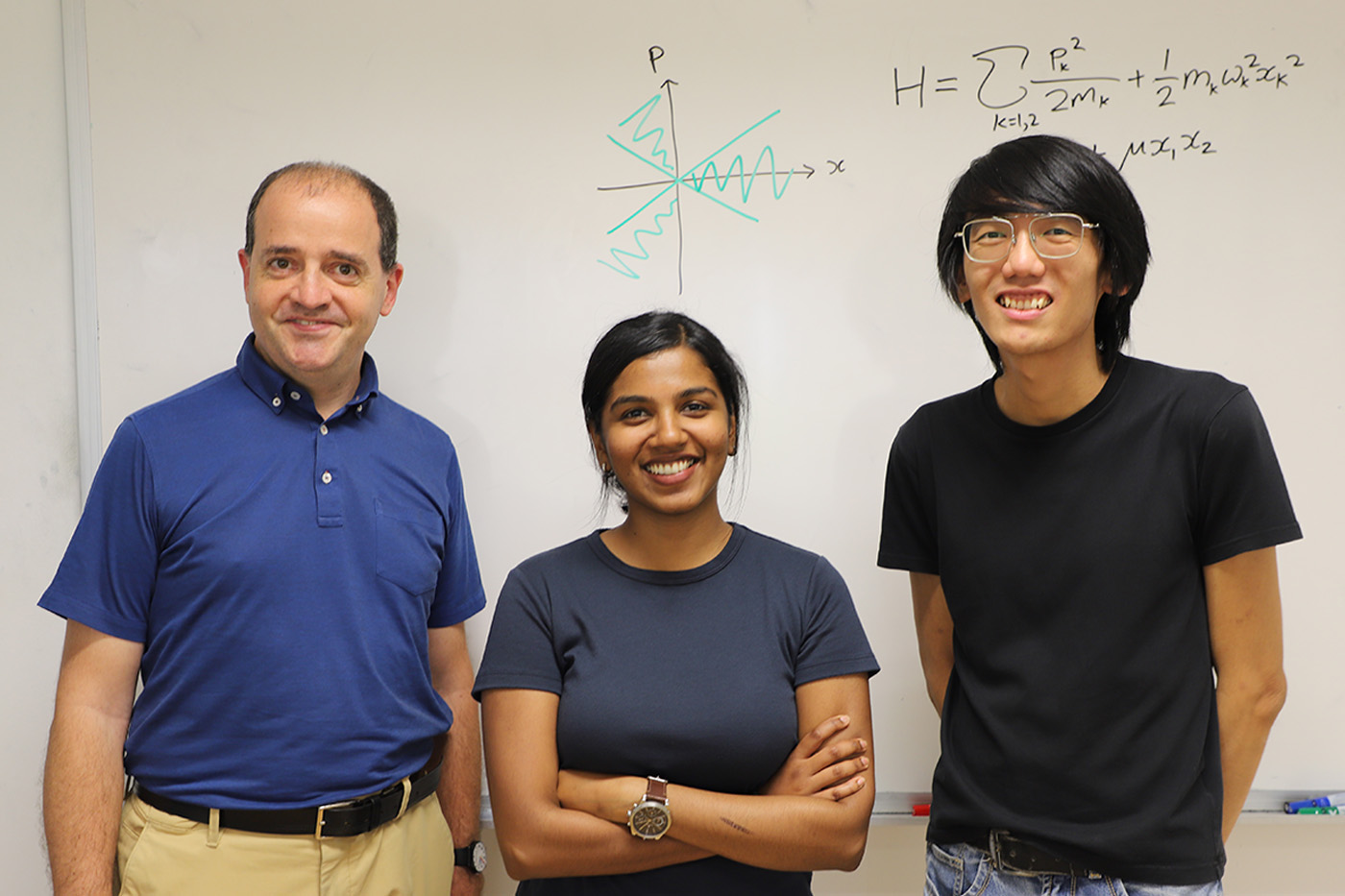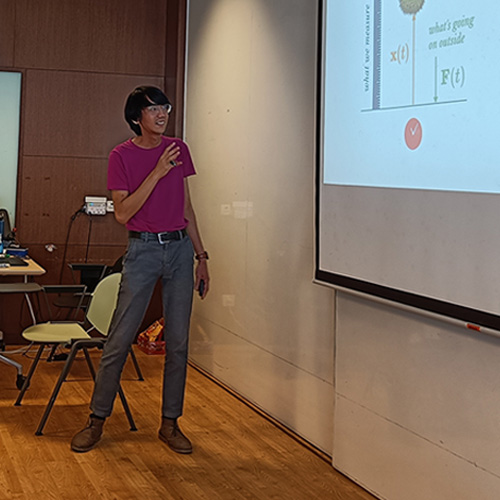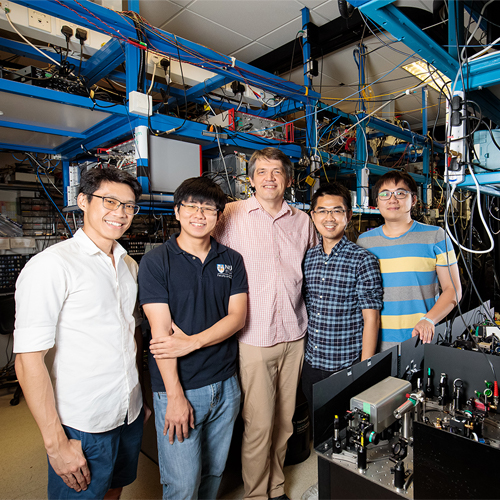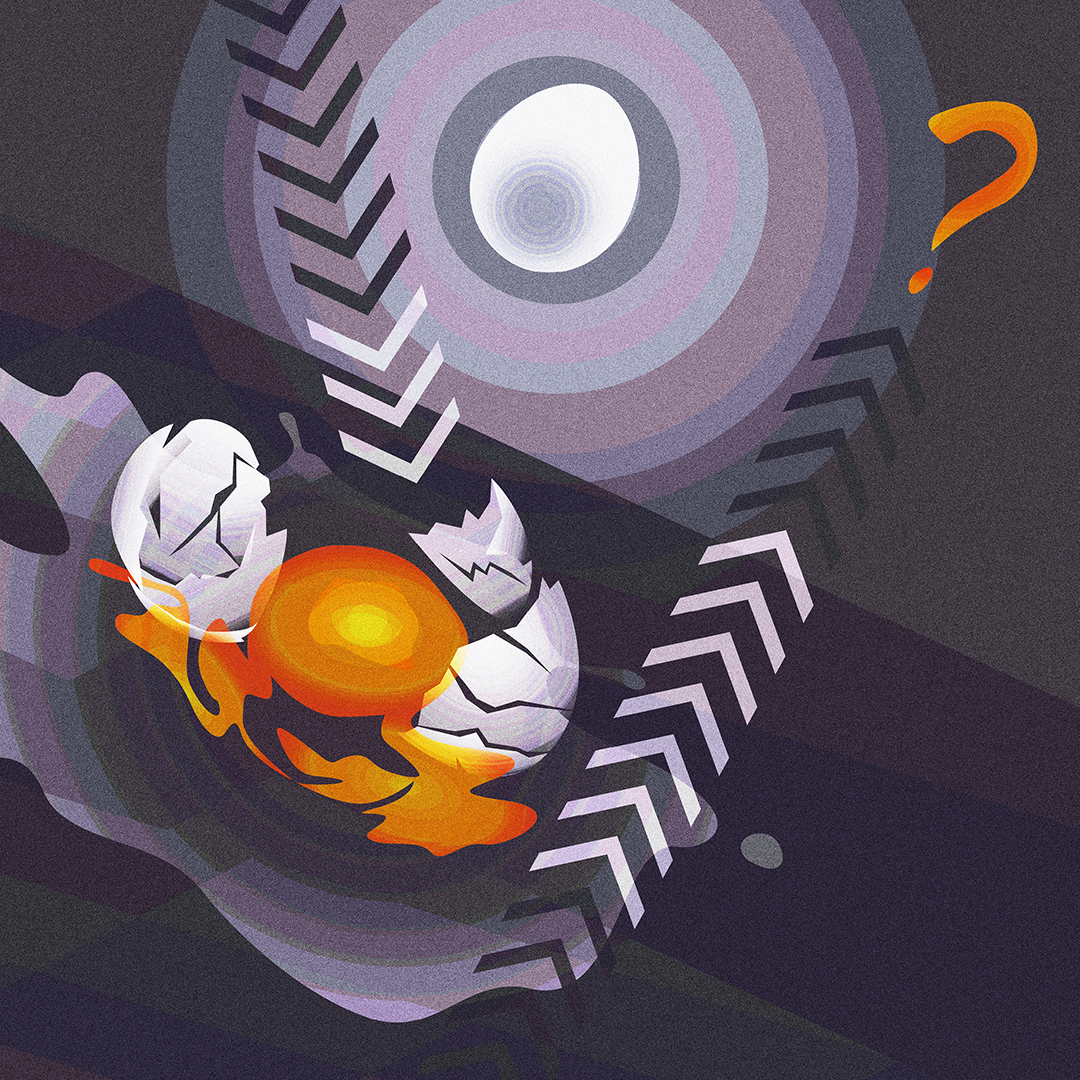Highlights
A new witness catches entangled particles in the act
 (From left) CQT Principal Investigator Valerio Scarani, PhD students Pooja Jayachandran and Zaw Lin Htoo and their group members have published a series of works on certifying quantumness.
(From left) CQT Principal Investigator Valerio Scarani, PhD students Pooja Jayachandran and Zaw Lin Htoo and their group members have published a series of works on certifying quantumness.
When physicists need to detect if entanglement exists between quantum particles, they call on ‘entanglement witnesses’, which are certain sets of measurements whose value tells you whether the system is entangled or not. CQT Principal Investigator Valerio Scarani and PhD students Pooja Jayachandran and Zaw Lin Htoo have proposed a new witness for oscillators with an advantage over previous methods. They detail their work in a paper published in Physical Review Letters on 21 April 2023.
Entanglement is the phenomenon where two or more quantum particles are correlated to each other: the state of one particle cannot be described independently of the state of the others. This feature is crucial in some quantum technologies such as sensors and communications devices.
Researchers want to be able to detect entanglement in quantum systems such as coupled oscillators. Oscillators are interesting for their properties to encode information. The ideal harmonic oscillator has infinitely many energy levels and could encode more information in its motion than even the largest set of qubits. Examples of such systems include an ion confined in a trap or an oscillating electrical circuit.
However, oscillators have classical analogues as well, such as a mass on a spring or a swinging pendulum. “The dynamics of oscillators is the same for classical and quantum systems. So, how do you know that an oscillator is in a proper quantum state?” says Valerio.
To detect entanglement in coupled harmonic oscillators, the researchers propose a novel ‘dynamic-based entanglement witness’. It exploits knowledge of the system’s dynamics, that is, how the system changes over time. This could be especially useful to simplify measurement of large systems.
A witness with a quantum advantage
Entanglement witnesses that detect quantumness and entanglement with just a few measurements have been known for more than two decades. Typically, they make use of the uncertainty relation by demonstrating that certain properties, such as position and momentum, of an entangled system cannot be precisely measured.
However, this means that researchers have to make a negative certification, proving that the precision of their measurements could not better the uncertainty relation’s bound. That’s sensitive also to the precision of the measurement devices. Entanglement witnesses based on uncertainty relations are thus tricky to use. They could admit false positives with imprecise measurements, implying entanglement in a classical system, for example, where there is none.
“Our protocol does away with the direct reliance on the uncertainty relation,” says Lin. “Instead, we need only to consider how a single variable of the system – position – changes in time.” By measuring the positions of the two oscillators at one among several points in time, the researchers found that measurement outcomes above a specific value would only be possible if the oscillators were entangled. In other words, if one observes values above a certain threshold, one can certify entanglement.
The team’s dynamic-based witness is more akin to a Bell inequality, which cannot be violated (within experimental error bars) when the measurements are imprecise, allowing them to tell conclusively where entanglement exists.
Valerio says, “Our witness relies on quantum advantage: something that quantum theory can achieve, and that cannot be achieved by miscalibration – nor, of course, by classical theory.”
A series in the works
This paper is part of a series from the team. The research direction was inspired by a preprint by Boris Tsirelson on the nonclassical behaviour of a quantum harmonic oscillator. Lin had been working on certifying nonclassicality in oscillators while Pooja was researching entanglement. “Valerio had the idea to combine our projects: since we can tell from the behaviour of two oscillators if they are quantum, can we use the same idea to tell if they are entangled?” says Pooja.
The first paper of the series extended Tsirelson’s criterion to discrete systems, where the team presented a family of protocols that detect nonclassicality in a single quantum system. It was published in Physical Review A in September 2022. The next paper is this work on entanglement in harmonic oscillators. The third, already available as a preprint on the arXiv, is on anharmonic oscillators and other dynamical systems.
Learn more
Related Stories
 | Meet a CQTian: Zaw Lin Htoo September 16 2022 |
 | Making headway with a hybrid approach to quantum computing May 08 2020 |
 | Logic can replace physics in deriving fluctuation relations May 06 2021 |






